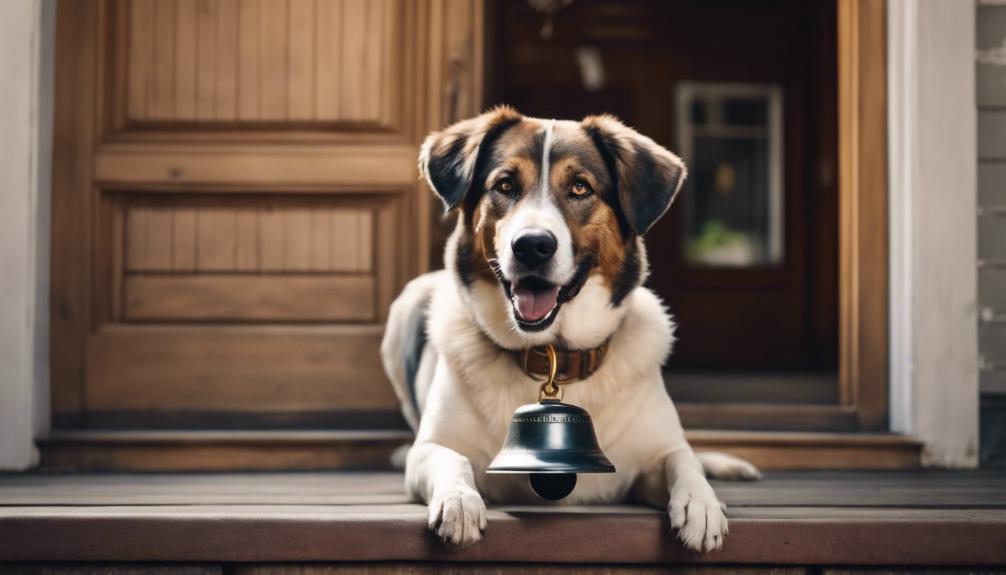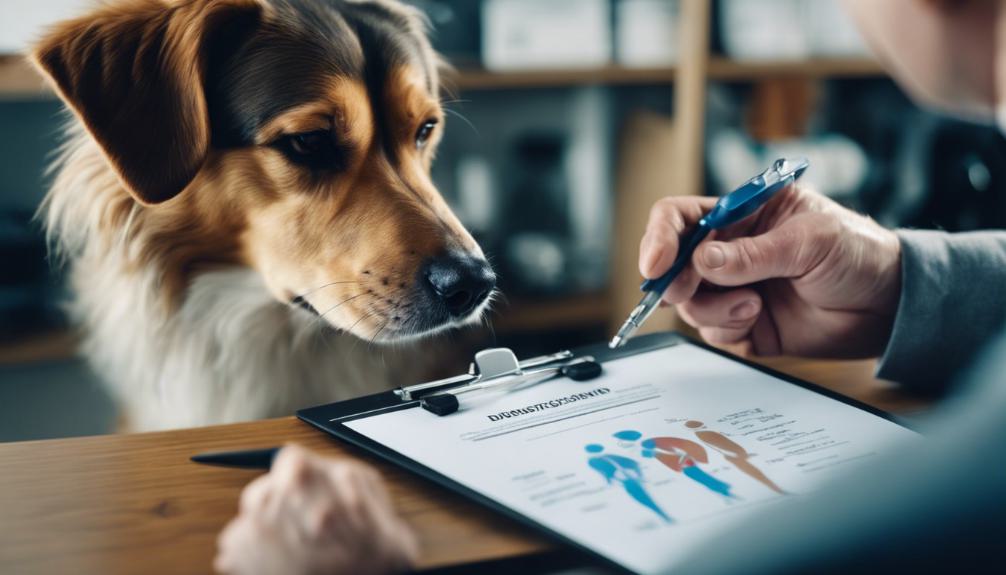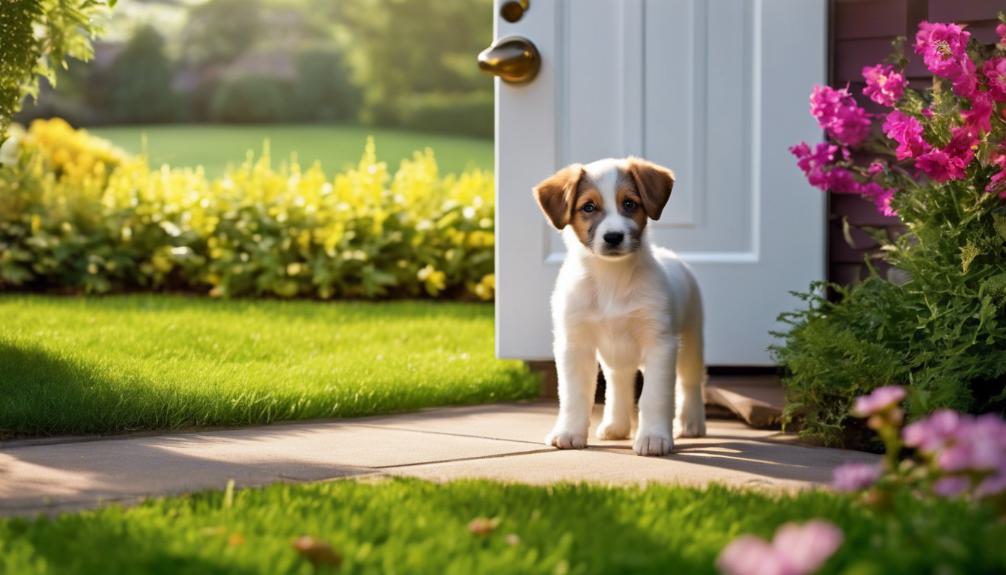How to House Train Your Dog Fast? Foolproof Techniques
To house train your dog fast, establish a routine for potty breaks every 1-2 hours. Notice when they signal to go. Praise and reward them when they go outside. Slowly increase time between trips. Use consistent verbal cues and positive reinforcement. Avoid punishing accidents; encourage good behavior instead. Clean up accidents promptly without scolding your dog. Consider a vet if accidents persist. Vet guidance can help in challenging situations. These methods lead to effective and efficient house training. Master these basics, and your dog will learn quickly and happily.
Establish a Regular Toileting Schedule
To set up a consistent toileting schedule for your dog, take them outside every one to two hours. Keep an eye out for behaviors that indicate they need to go, such as sniffing around or circling. Immediately reward your dog after they eliminate outside to positively reinforce the behavior.
As your dog gets better at controlling their bladder, you can slowly extend the time between trips outside. This method is effective because it builds a clear routine, helping your dog understand when and where it’s appropriate to go to the bathroom. According to animal behaviorists, consistency and positive reinforcement are key components in successful dog training.
Use Verbal Cues and Positive Reinforcement
To effectively train your dog, use specific verbal cues like ‘go potty‘ or ‘bathroom‘ consistently. Reward your dog immediately with treats, praise, or play after they eliminate outside. This method of positive reinforcement helps your dog associate the verbal cue with the action and the reward, facilitating faster learning. Consistently repeating these cues and rewards is crucial for quick training. Avoid using punishment as it can impede progress in house training. By maintaining a clear link between the verbal commands, the desired actions, and positive outcomes, you can accelerate the training process.
Research supports the effectiveness of positive reinforcement in animal training. According to studies, animals respond better to rewards than to punishment, and consistent reinforcement leads to quicker learning and adaptation.
Avoid Punishing Accidents

Don’t punish your dog for accidents during house training. Research shows that punishment can create fear, leading to confusion and potential behavioral problems.
Instead, use positive reinforcement, such as treats or praise, to reward your dog for correct behavior. This method helps your dog learn what’s expected and encourages them to repeat those actions.
Key to successful house training are consistency, patience, and empathy, which help your pet learn without fear or anxiety.
Clean Up Accidents Properly
After confirming your dog isn’t punished for accidents, clean up any messes immediately using a warm biological washing powder solution.
Punishing your dog for accidents might lead to confusion and anxiety. Frequent accidents should prompt a consultation with a vet to exclude any underlying health problems.
Prompt and consistent cleanup is crucial for effective house training.
Seek Vet Advice if Needed

If your dog consistently struggles with house training, consult a veterinarian to check for medical issues. Veterinarians can also help identify behavioral or anxiety-related problems affecting your dog’s ability to learn. They can create a customized training plan that focuses on your dog’s unique needs, keeping their health and safety at the forefront.
- Check for health issues
- Develop a personalized training approach
- Focus on the dog’s health and safety
Frequently Asked Questions
What Is the Fastest Way to House Train a Dog?
Take your dog out frequently, use positive reinforcement, watch for signals, avoid punishment for accidents, and consider crate training. Consistent training, supervision, and proper cleaning are key. Establishing a routine and being patient will lead to successful house training.
How Long Does It Usually Take to House Train a Dog?
House training a dog typically takes a few weeks to a few months. Young puppies may need more time due to developing bladder control. Consistency, positive reinforcement, and patience are essential. Adjust training based on your dog’s progress for best results.
How Do You Potty Train a Dog in 3 Days?
Establish a strict routine with frequent potty breaks every 30 minutes. Supervise closely for signs your dog needs to go. Reward outdoor elimination immediately. Avoid punishment for accidents. Consistency, patience, and positive reinforcement are essential for successful potty training in 3 days.
How Do You Potty Train a Dog in 7 Days?
To potty train your dog in 7 days, establish a strict schedule, use a consistent command word, reward success with treats, monitor for cues, and focus on positive reinforcement. Avoid punishment for accidents and stay consistent for quick results.
Conclusion
To quickly house train your dog, set a regular bathroom schedule and use consistent verbal cues paired with rewards. Avoid punishing your dog for mistakes. Instead, clean up accidents thoroughly to prevent repeat offenses.
If you face challenges, consult your vet for guidance. With steady effort, your dog will learn the rules. Remember, patience is key.
Happy training!

